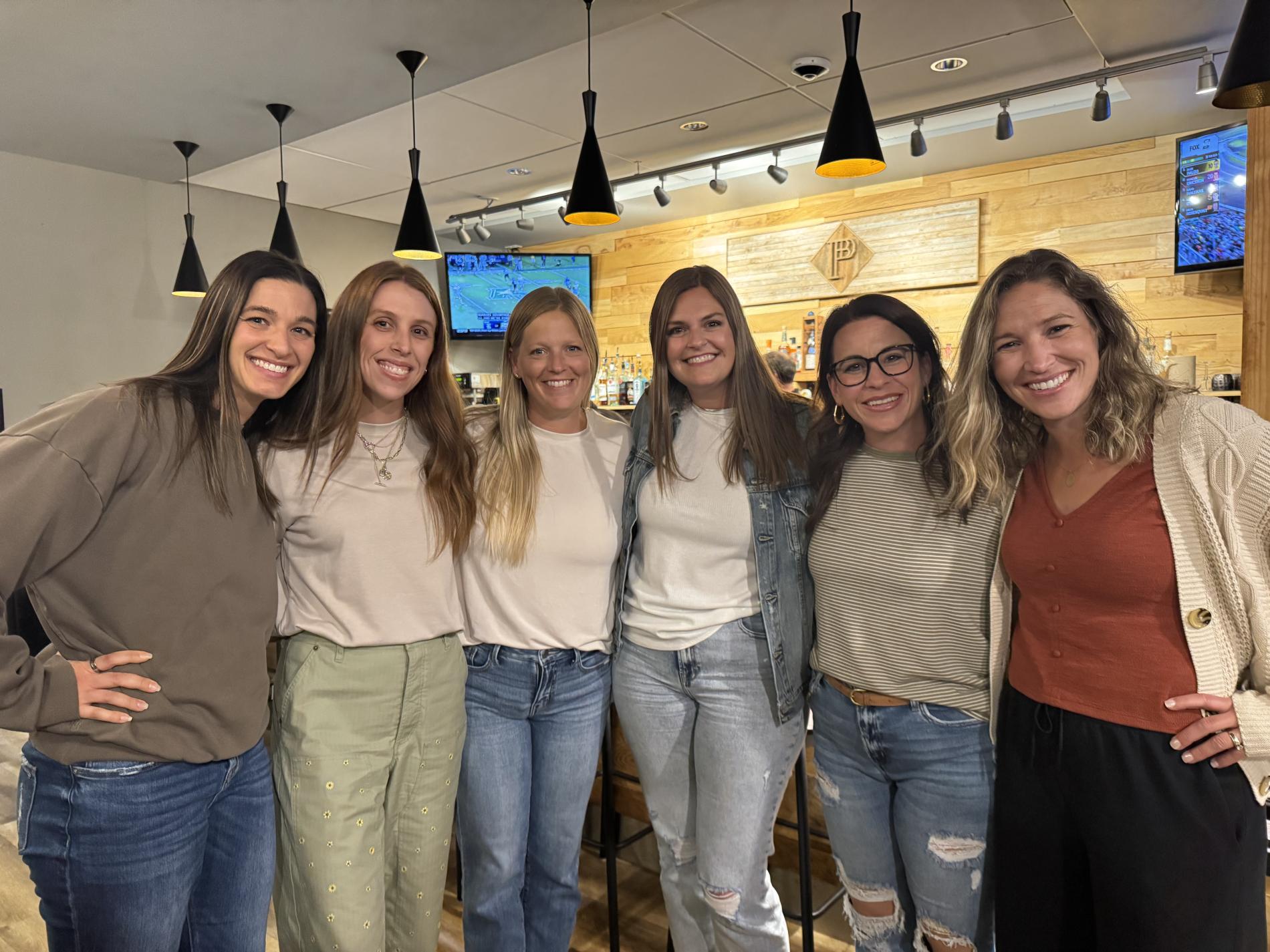I remember watching a young basketball prospect's final college season where he averaged 10.2 points, 7.9 rebounds, and 1.1 blocks per game at just 19 years old. What struck me wasn't just the numbers themselves, but the consistent dedication behind them. That's exactly the kind of commitment we want to foster in our young soccer players - not necessarily for professional aspirations, but for the pure joy of showing up to practice week after week. The challenge of keeping kids excited about practice is something I've wrestled with both as a coach and a parent, and over the years, I've discovered some approaches that genuinely work.
Let me share something that transformed my perspective on youth sports. I used to focus heavily on skill development during practices, thinking that visible progress would naturally maintain enthusiasm. But I noticed something interesting - the kids who stayed most engaged weren't necessarily the most technically gifted players. They were the ones who felt connected to their teammates, who looked forward to the unique games we played, and who felt genuinely heard by the coaching staff. This realization led me to completely restructure how I approach weekly practices. Instead of drilling fundamentals until everyone was bored to tears, I started incorporating what I call "surprise elements" - unexpected activities that break the routine while still serving developmental purposes. Maybe we'd start with a classic passing drill but suddenly transition into a game where players can only score with their weaker foot, or we'd bring out unusual equipment like different sized balls to sharpen their adaptability.
The data behind youth sports participation reveals some telling patterns. Studies show that approximately 65% of kids drop out of organized sports by age 13, and the primary reason isn't lack of talent or time - it's because they're no longer having fun. This statistic haunted me when I first encountered it, and it completely changed how I structure the soccer season. Now, I make sure every practice includes at least 15-20 minutes of pure, unstructured play where kids can experiment without constant correction. They're still developing skills during this time, but it feels more like recess than instruction. The transformation in their attitude has been remarkable - instead of dragging their feet to practice, they're actually asking when the next one will be.
What I've found works particularly well is giving kids ownership over certain aspects of practice. I'll sometimes arrive 10 minutes early and ask two players to design our warm-up routine for the day. Their creativity constantly surprises me - one week we might be pretending to be different animals while stretching, another week we're playing a modified version of tag that incorporates ball control. This approach does more than just keep them engaged; it develops their understanding of the game and builds leadership skills. I've noticed that when kids have a say in what happens during practice, they become more invested in making it successful. They'll remind each other to focus, they'll help teammates who are struggling, and they'll actively problem-solve when drills aren't working as intended.
Technology has become an unexpected ally in maintaining excitement too. I used to be skeptical about incorporating apps and video into youth sports, thinking it might undermine the physical nature of the game. But I've completely reversed my position after seeing how strategic use of technology can enhance engagement. We'll occasionally film short segments of practice and review them together, letting players identify what they did well rather than focusing exclusively on corrections. Some of my most successful practices have included creating highlight reels set to music that kids can share with family members. This tangible evidence of their progress, presented in a format they understand and appreciate, provides motivation that my pep talks never could.
The social component of practice is something I underestimated for years. Children don't just come to soccer practice to kick a ball - they come to see their friends, to share inside jokes, and to feel part of a community. I've started deliberately building in time for social connection, whether it's partner activities that change weekly so kids interact with different teammates, or occasional "bring a friend to practice" days that refresh the group dynamic. These social elements have proven especially important for retaining players through those awkward pre-teen years when self-consciousness can undermine athletic enjoyment. By fostering genuine friendships alongside soccer skills, we create multiple reasons for kids to look forward to practice.
Of course, not every strategy works forever, and that's okay. What excites 7-year-olds will likely bore 12-year-olds, and approaches need to evolve as the players mature. I make a point of checking in with the team every few months about what they enjoy most and least about practice. Their feedback has led to some of our most successful innovations, like themed practices where everyone wears crazy socks or we incorporate water games on particularly hot days. This ongoing dialogue ensures that practices remain responsive to the kids' changing interests rather than being stuck in a coaching rut.
Looking back at that basketball prospect's consistent performance - 10.2 points, 7.9 rebounds, 1.1 blocks game after game - I'm reminded that excellence isn't about occasional flashes of brilliance but about showing up consistently with enthusiasm and purpose. That's what we're really trying to cultivate in our young soccer players: not future professionals necessarily, but individuals who approach their commitments with joy and consistency. The practices that kids actually look forward to attending are the ones where they feel valued, challenged appropriately, connected to their peers, and able to express themselves. When we get this balance right, we're not just developing better soccer players - we're helping foster a lifelong positive relationship with sports and physical activity. And in my book, that's even more impressive than any statistic.

